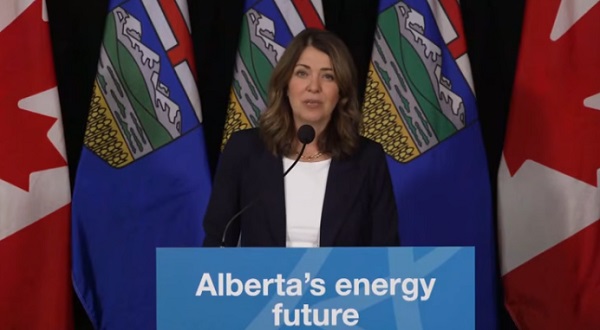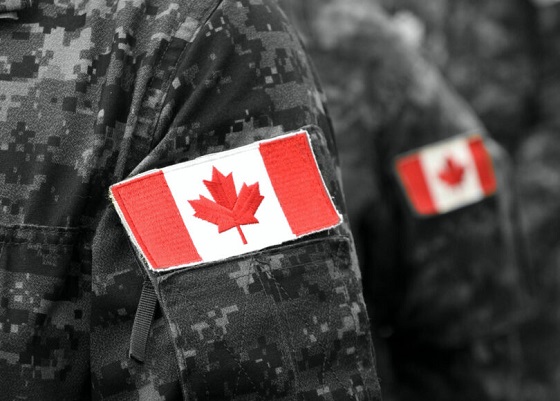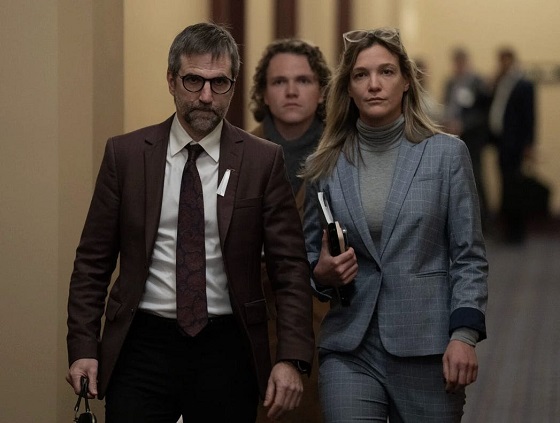Uncategorized
Flames from San Francisco gas explosion damage 5 buildings

SAN FRANCISCO — A gas explosion in San Francisco shot a tower of flames into the sky and burned five buildings including one of the city’s popular restaurants before firefighters brought the blaze under control. There were no injuries.
Wednesday’s explosion and fire sent panicked residents and workers in the city’s Inner Richmond
“We just felt the shaking, and the next thing we knew, people were banging on the door to tell people it’s time to start evacuating,” said resident Nick Jalali, 28, who was cooking at home when the electricity cut out.
Utility crews put out the fire about three hours after private construction workers cut a natural gas line, which ignited the fire, San Francisco Fire Chief Joanne Hayes-White said. Authorities initially said five workers were missing, but the entire construction crew was found safe, and no other injuries were reported.
Hayes-White said the construction crew was apparently working on fiber-optic wires.
Five buildings were damaged, including a building housing Hong Kong Lounge II, a reservations-required dim sum restaurant that is a fixture on the city’s “best of” lists. The fire began on the street in front of the restaurant.
Officials evacuated several nearby buildings, including a medical clinic and apartments, Hayes-White said. Vehicles on a busy street were rerouted as authorities cordoned off the bustling
Caroline Gasparini, 24, who lives kitty-corner from where the fire was, said she and her housemate were in their living room when the windows started rattling. She looked up to see flames reflected in the glass.
“We went into crisis mode,” Gasparini said. “We grabbed our shoes, grabbed our laptops and grabbed our passports and just left.”
Gasparini said they saw employees of the burning restaurant run out the back door and people fleeing down the block.
Firefighters worked to keep the fire from spreading while Pacific Gas & Electric crews tried to shut off the natural gas line.
“It’s complicated,” Hayes-White said of stopping the flow of gas through the damaged pipe. Though she later acknowledged that “as a fire chief and a resident, yes, I would have liked to see it mitigated.”
PG&E spokeswoman Melissa Subbotin said state excavation rules required crews to hand dig around multiple subsurface pipelines of various sizes before they were eventually able to “squeeze” a four-inch plastic line.
She said since the fire was contained to a limited area, the utility had to weigh the threat from the fire with the risk that would come from more drastic action.
“Had we turned the gas off to a transmission system, we would have shut off gas to nearly the entire city of San Francisco,” she said. “The objective of this was to turn the gas off safely and as quickly as possible.”
Subbotin said PG&E would shut off a transmission line in an earthquake.
PG&E spokesman Paul Doherty stressed that the workers who cut the gas line are not affiliated with the utility, which is under heightened scrutiny over its natural gas pipelines. A PG&E pipeline exploded under a
A U.S. judge PG&E $3 million for a conviction on six felony charges of failing to properly maintain the pipeline and the utility remains under a federal judge’s watch in that case.
___
Associated Press writers Paul Elias, Olga R. Rodriguez and Juliet Williams in San Francisco contributed to this report.
Janie Har, The Associated Press
Uncategorized
Cost of bureaucracy balloons 80 per cent in 10 years: Public Accounts
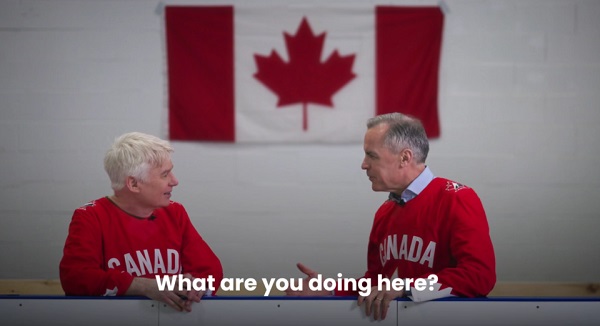
The cost of the bureaucracy increased by $6 billion last year, according to newly released numbers in Public Accounts disclosures. The Canadian Taxpayers Federation is calling on Prime Minister Mark Carney to immediately shrink the bureaucracy.
“The Public Accounts show the cost of the federal bureaucracy is out of control,” said Franco Terrazzano, CTF Federal Director. “Tinkering around the edges won’t cut it, Carney needs to take urgent action to shrink the bloated federal bureaucracy.”
The federal bureaucracy cost taxpayers $71.4 billion in 2024-25, according to the Public Accounts. The cost of the federal bureaucracy increased by $6 billion, or more than nine per cent, over the last year.
The federal bureaucracy cost taxpayers $39.6 billion in 2015-16, according to the Public Accounts. That means the cost of the federal bureaucracy increased 80 per cent over the last 10 years. The government added 99,000 extra bureaucrats between 2015-16 and 2024-25.
Half of Canadians say federal services have gotten worse since 2016, despite the massive increase in the federal bureaucracy, according to a Leger poll.
Not only has the size of the bureaucracy increased, the cost of consultants, contractors and outsourcing has increased as well. The government spent $23.1 billion on “professional and special services” last year, according to the Public Accounts. That’s an 11 per cent increase over the previous year. The government’s spending on professional and special services more than doubled since 2015-16.
“Taxpayers should not be paying way more for in-house government bureaucrats and way more for outside help,” Terrazzano said. “Mere promises to find minor savings in the federal bureaucracy won’t fix Canada’s finances.
“Taxpayers need Carney to take urgent action and significantly cut the number of bureaucrats now.”
Table: Cost of bureaucracy and professional and special services, Public Accounts
| Year | Bureaucracy | Professional and special services |
|
$71,369,677,000 |
$23,145,218,000 |
|
|
$65,326,643,000 |
$20,771,477,000 |
|
|
$56,467,851,000 |
$18,591,373,000 |
|
|
$60,676,243,000 |
$17,511,078,000 |
|
|
$52,984,272,000 |
$14,720,455,000 |
|
|
$46,349,166,000 |
$13,334,341,000 |
|
|
$46,131,628,000 |
$12,940,395,000 |
|
|
$45,262,821,000 |
$12,950,619,000 |
|
|
$38,909,594,000 |
$11,910,257,000 |
|
|
$39,616,656,000 |
$11,082,974,000 |
Uncategorized
Trump Admin Establishing Council To Make Buildings Beautiful Again
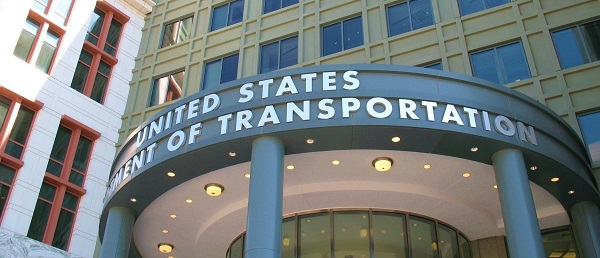

From the Daily Caller News Foundation
By Jason Hopkins
The Trump administration is creating a first-of-its-kind task force aimed at ushering in a new “Golden Age” of beautiful infrastructure across the U.S.
The Department of Transportation (DOT) will announce the establishment of the Beautifying Transportation Infrastructure Council (BTIC) on Thursday, the Daily Caller News Foundation exclusively learned. The BTIC seeks to advise Transportation Secretary Sean Duffy on design and policy ideas for key infrastructure projects, including highways, bridges and transit hubs.
“What happened to our country’s proud tradition of building great, big, beautiful things?” Duffy said in a statement shared with the DCNF. “It’s time the design for America’s latest infrastructure projects reflects our nation’s strength, pride, and promise.”
“We’re engaging the best and brightest minds in architectural design and engineering to make beautiful structures that move you and bring about a new Golden Age of Transportation,” Duffy continued.
Mini scoop – here is the DOT’s rollout of its Beautifying Transportation Infrastructure Council, which will be tasked with making our buildings beautiful again. pic.twitter.com/
9iV2xSxdJM — Jason Hopkins (@jasonhopkinsdc) October 23, 2025
The DOT is encouraging nominations of the country’s best architects, urban planners, artists and others to serve on the council, according to the department. While ensuring that efficiency and safety remain a top priority, the BTIC will provide guidance on projects that “enhance” public areas and develop aesthetic performance metrics.
The new council aligns with an executive order signed by President Donald Trump in August 2025 regarding infrastructure. The “Making Federal Architecture Beautiful Again” order calls for federal public buildings in the country to “respect regional architectural heritage” and aims to prevent federal construction projects from using modernist and brutalist architecture styles, instead returning to a classical style.
“The Founders, in line with great societies before them, attached great importance to Federal civic architecture,” Trump’s order stated. “They wanted America’s public buildings to inspire the American people and encourage civic virtue.”
“President George Washington and Secretary of State Thomas Jefferson consciously modeled the most important buildings in Washington, D.C., on the classical architecture of ancient Athens and Rome,” the order continued. “Because of their proven ability to meet these requirements, classical and traditional architecture are preferred modes of architectural design.”
The DOT invested millions in major infrastructure projects since Trump’s return to the White House. Duffy announced in August a $43 million transformation initiative of the New York Penn Station in New York City and in September unveiledmajor progress in the rehabilitation and modernization of Washington Union Station in Washington, D.C.
The BTIC will comprise up to 11 members who will serve two-year terms, with the chance to be reappointed, according to the DOT. The task force will meet biannually. The deadline for nominations will end Nov. 21.
-
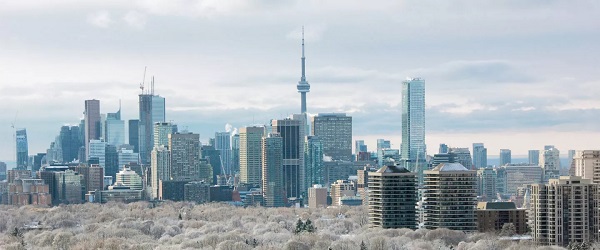
 Business1 day ago
Business1 day agoRecent price declines don’t solve Toronto’s housing affordability crisis
-

 Brownstone Institute2 days ago
Brownstone Institute2 days agoThe Unmasking of Vaccine Science
-
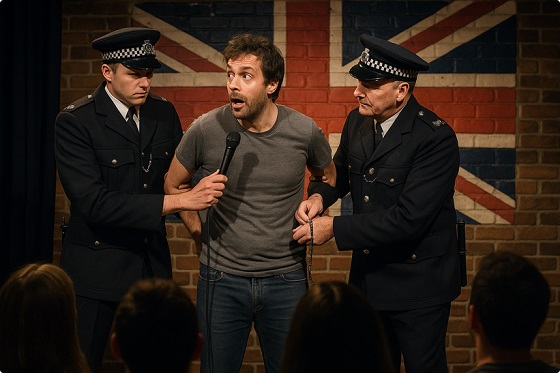
 Censorship Industrial Complex21 hours ago
Censorship Industrial Complex21 hours agoA Democracy That Can’t Take A Joke Won’t Tolerate Dissent
-
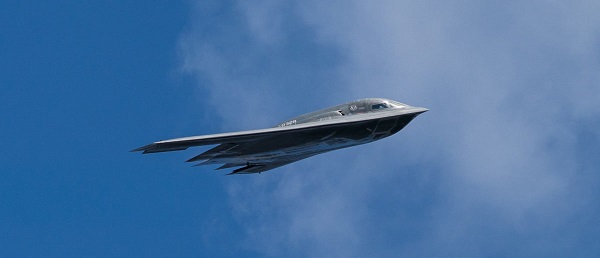
 armed forces2 days ago
armed forces2 days agoGlobal Military Industrial Complex Has Never Had It So Good, New Report Finds
-
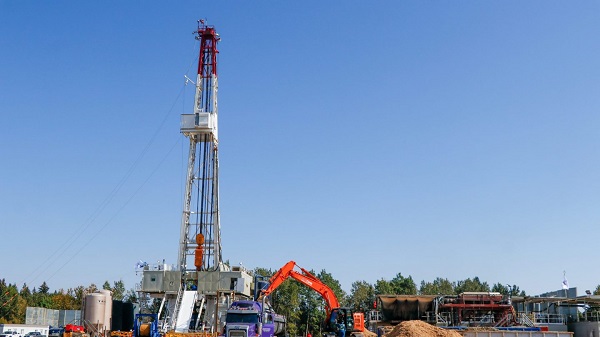
 Alberta2 days ago
Alberta2 days agoEmissions Reduction Alberta offering financial boost for the next transformative drilling idea
-

 Artificial Intelligence2 days ago
Artificial Intelligence2 days agoThe Emptiness Inside: Why Large Language Models Can’t Think – and Never Will
-

 Daily Caller1 day ago
Daily Caller1 day agoTech Mogul Gives $6 Billion To 25 Million Kids To Boost Trump Investment Accounts
-

 Business1 day ago
Business1 day agoCanada’s future prosperity runs through the northwest coast





